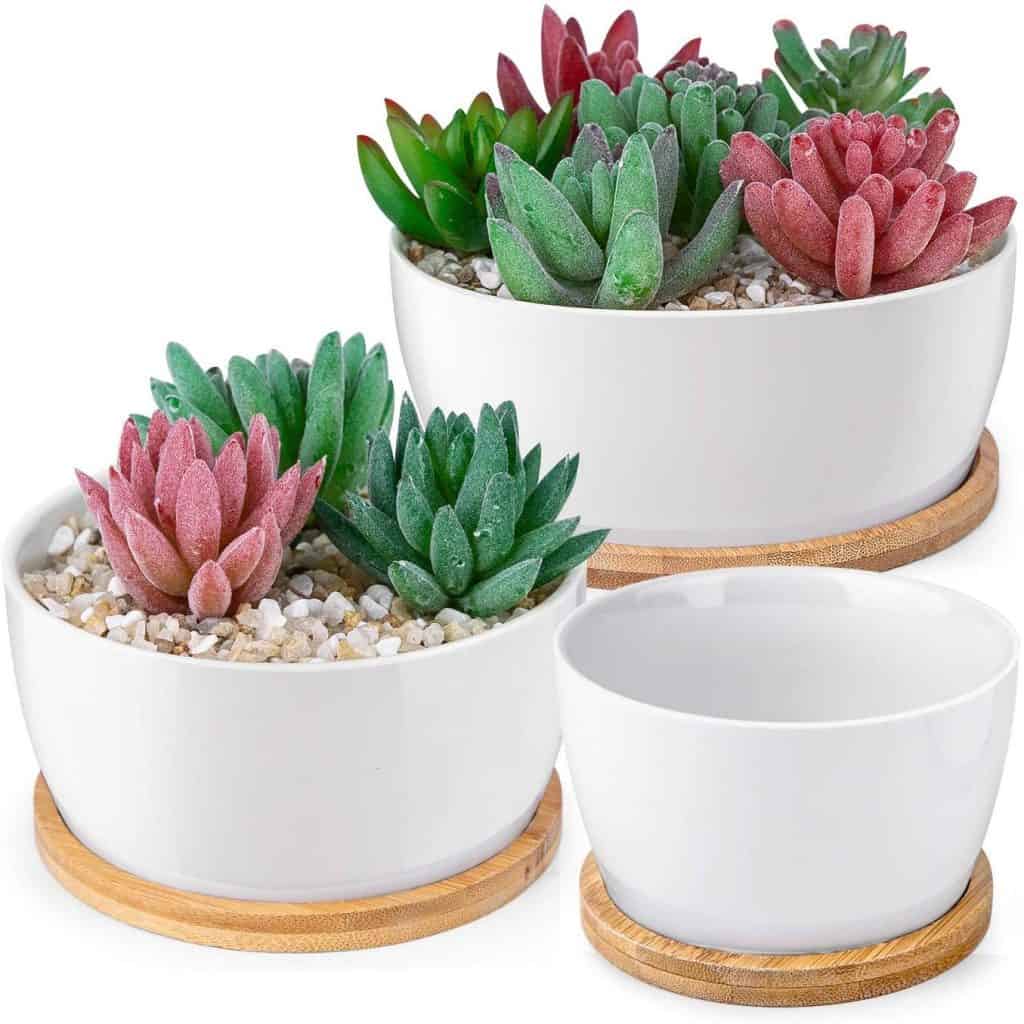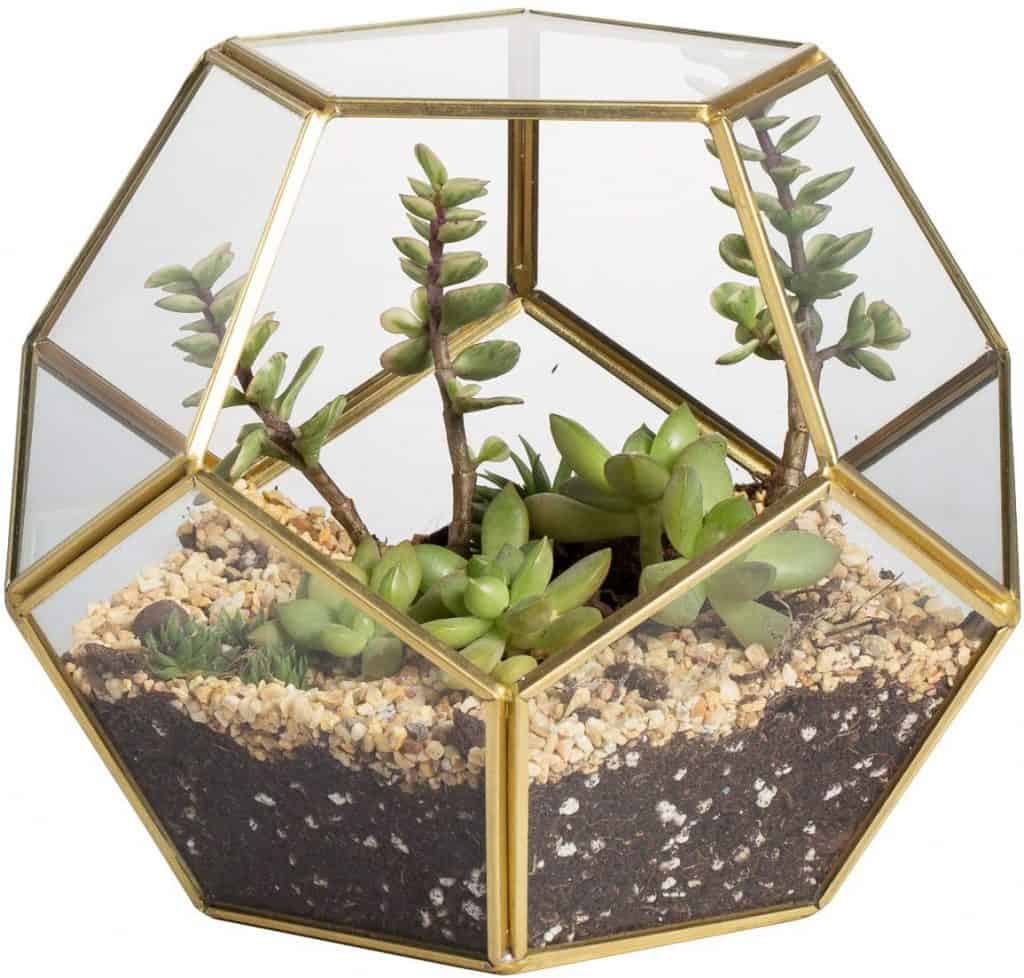The Right Watering Schedule for Succulents: A Quick Guide
You got a cute little succulent and can’t wait to be a plant parent. But whoa, hang on! Before you reach for that watering can, there are some surprising succulent rules you need to know. Watering these quirky plants the wrong way can seriously mess them up. But don’t worry, we’ve got all the juicy details to keep your succulents thriving!
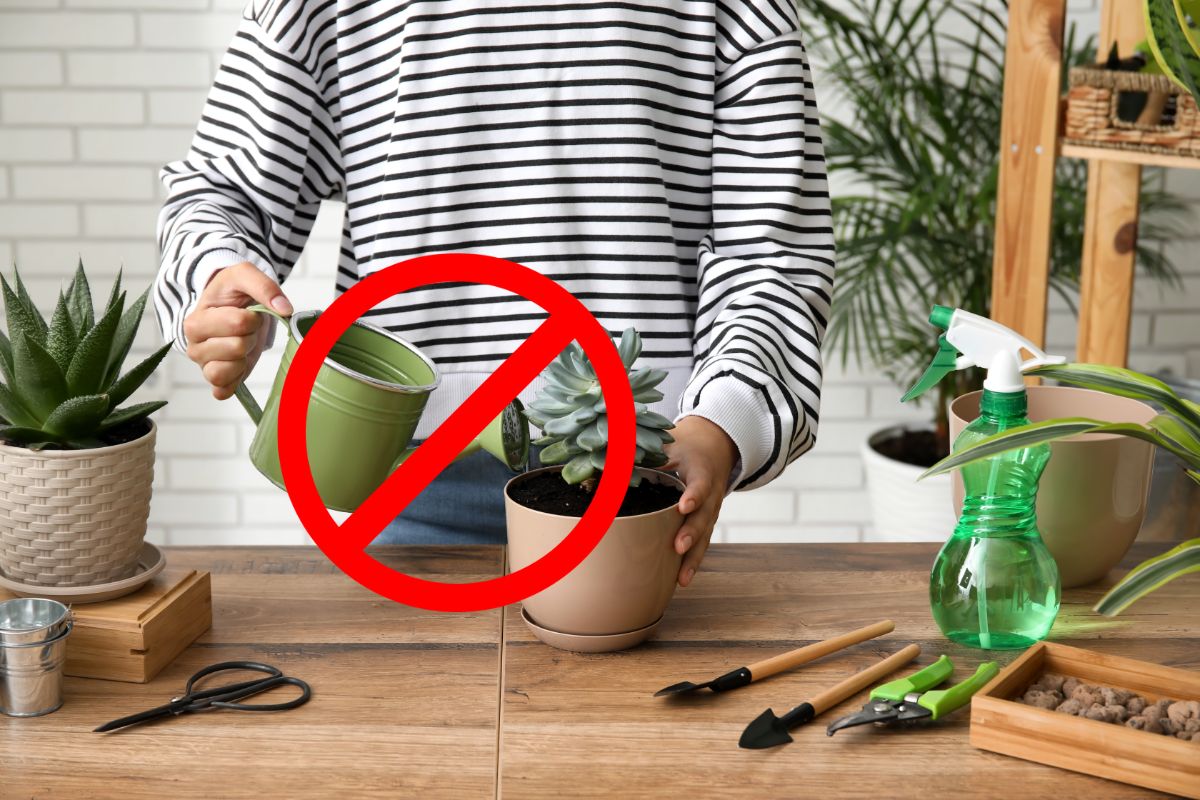
Contents
Succulents Are Total Water Camels
While most plants need a drink daily, especially when it’s scorching hot, succulents are total water camels. They’ve evolved awesome tricks to store liquid gold (aka water) in their thick, fleshy leaves and stems. Thanks to these built-in water reserves, succulents can survive droughts and go ages without any water at all. Wild, right?
But Don’t Dehydrate Them!
Still, despite being drought-champions, succulents do need some hydration to truly flourish. Denying them sips for too long can leave them all shriveled and sad. The key is learning exactly how much moisture these little weirdos want. Too much? Their roots start rotting. Too little? They become raisins before your eyes.
Summer Growers vs Winter Growers
To get this watering thing right, you first need to know if your succulent is a summer grower or winter grower. Kinda like how some kids are night owls and others are morning larks.
Summer growers (like Echeverias and Aeoniums) go into active growing mode from May through August. Then they snooze for winter from November to February.
Summer Growing Succulents
Winter growers (such as Haworthias and Gasterias) do the opposite – growing during the colder months of November to February before napping in summer.
Winter Growing Succulents
Once you ID your succulent’s preferred season, you can give it a perfect drink schedule. During its grow period, aim to water deeply at least once a week until the excess drains out the bottom. Then allow the soil to fully dry before watering again – we call this the “soak and dry” method.
When your succulent enters its rest phase, simply cut back on waterings to the bare minimum needed to prevent full shriveling.
Terrarium Treatment
If your succulent is living in a terrarium or glass container without drainage holes, be extra careful with watering. These babies can drown easily if the soil stays soggy for too long. Use a chopstick or skewer to check that the soil is bone dry before giving your terrarium pal another drink.
Indoor vs Outdoor Plant Spas
Where you keep your succulents also affects how thirsty they get. Outdoor plants dry out much faster in hot, dry, windy conditions – sometimes needing water up to 3 times per week! Indoor succulents in cool, humid rooms can go a full 7-10 days between drinks.
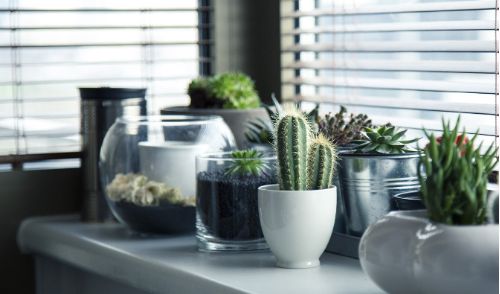
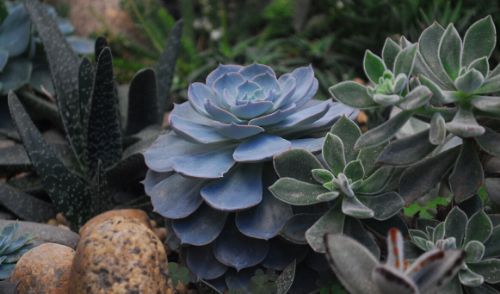
Small Sips for Tiny Tots
One last factor – plant size. The smaller and more diminutive the succulent, the less water it can store. So while a big beefy Pachyphytum can thrive on monthly soakings, a petite Sedum may need a refreshing drink every 5-7 days.
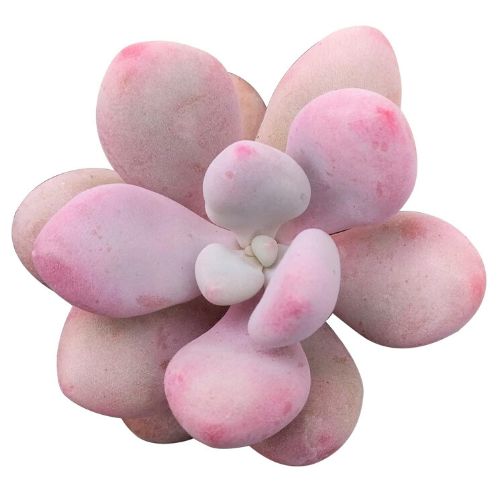
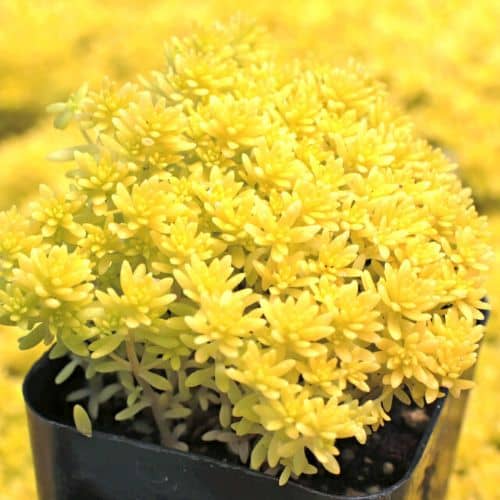
Now that you know the golden succulent watering rules, your plant babies are set to flourish! Just remember – rotting or shriveling are the two big no-nos. As long as you strike that perfect balance, your succulents will be the cutest, plumpest little cuties around.
Succulent Watering Mistakes
We’ve all accidentally drowned or dehydrated our poor succulents at some point. But knowing the signs can help prevent these oopsies!
Overwatering
This happens when you don’t let the soil dry out enough between waterings. Constantly soggy soil leads to stem and root rot – yuck! If you see the stems getting mushy, you’ve probably overwatered. To revive a drowning succulent, stop watering completely. Then re-plant it in fresh, dry soil after letting it air out for a couple days.
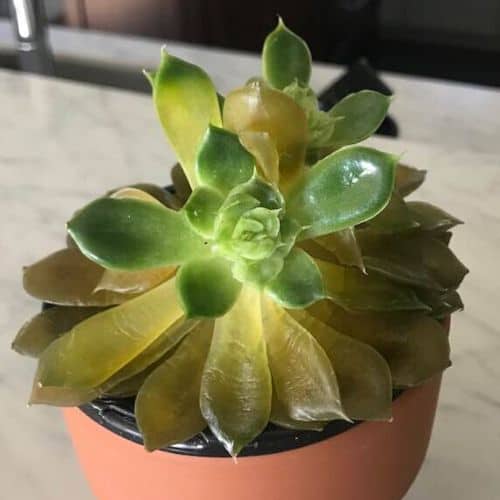
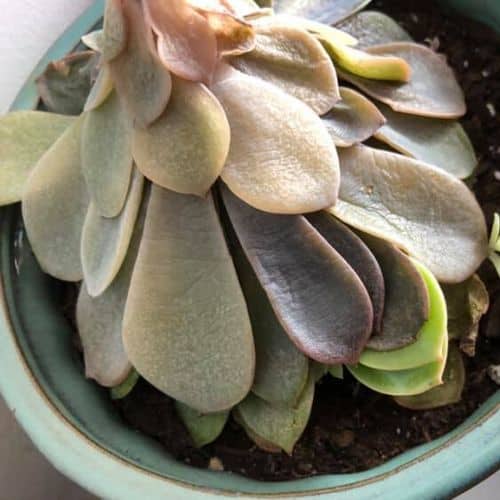
Underwatering
The opposite problem is not giving your succulent enough agua. Wrinkly, deflated leaves are a clear cry for hydration. Simply increase your watering frequency using that “soak and dry” method until the plant plumps back up.
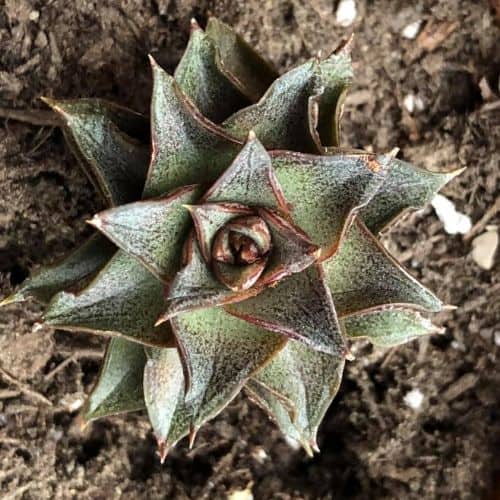
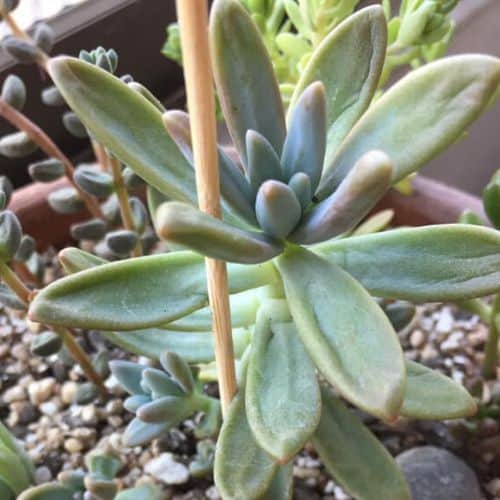
It’s better to underwater than overwater. An underwatered succulent can bounce back quickly, but an overwatered rotting one may be beyond saving.
How to Tell if Succulent Needs Water
So how do you know when your succulent actually wants that drink? There are two easy tricks:
- Do the squeeze test – gently press on the leaves. Firm and bouncy means hydrated, limp and wrinkly means thirsty.
- Lift the whole plant out of its pot. If the soil is pale and pulls away from the sides, it’s bone dry and ready for soaking.
When in doubt, check the soil before watering. No one likes a drowned or dehydrated plant!
FAQs
Do you water succulents from the top or bottom?
Always water succulents from the bottom by pouring directly onto the soil. Getting the leaves wet can lead to rot and light burn.
Do succulents like humidity?
Most succulents actually prefer drier air. Too much moisture can cause fungi or rot issues.
How often to water succulents in winter?
During winter dormancy, only give succulents an occasional light sip to keep the roots from fully drying out. Don’t water outdoor hardy succulents at all from October to February.
Do succulents need to be watered every day?
Definitely not! Indoor succulents only need watering every 1-2 weeks when the soil is completely dry. Watering when it’s still damp will lead to rot.

